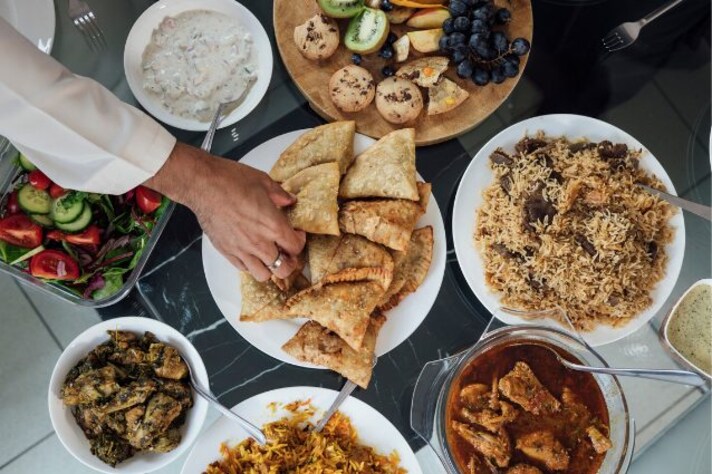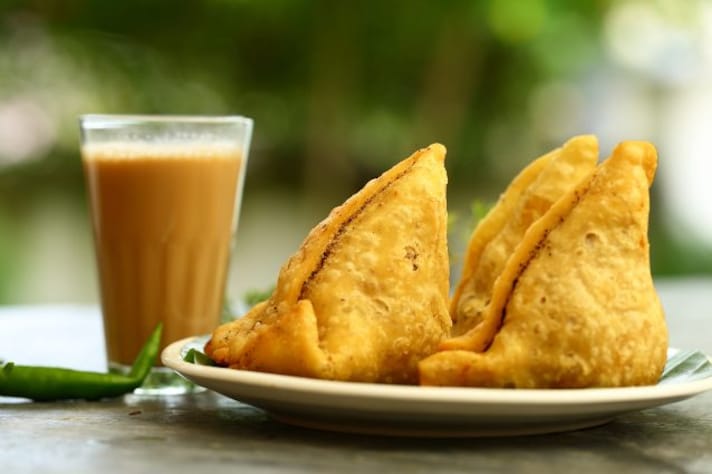
When you think of India, one of the first things that probably comes to mind is the iconic samosa. This crispy, golden pastry, filled with spiced potatoes and peas, is the quintessential Indian street food, beloved across the globe and a staple at special events. But here’s a twist that might surprise both Indians and food enthusiasts worldwide: the samosa didn’t actually originate in India. Yes, you read that right!
The Surprising History of Samosas
According to historians and ancient texts, the origins of the samosa can be traced back not to India, but to the Middle East. The earliest references to this delightful snack appear in Persian manuscripts from the 10th century, where it was known as "sanbosag." These early versions were smaller, filled with minced meat, nuts, and spices, and were popular among merchants and travelers due to their portability. As traders and explorers moved across the Silk Road, the samosa traveled with them, making its way to India by the 13th or 14th century, courtesy of Central Asian chefs who brought it to the royal courts of the Delhi Sultanate.

How Samosas Became an Indian Staple
Once in India, the samosa underwent a delicious transformation. The local chefs, inspired by the original recipe, began to adapt it using ingredients native to the region. The hearty fillings of meat were often replaced with spiced potatoes, peas, and lentils, making the dish accessible to vegetarians and aligning it with Indian culinary traditions. Over time, samosas became a popular snack not just in the royal courts, but among the common people as well, thanks to their affordability and convenience. The snack’s popularity exploded, and it spread throughout the subcontinent, becoming ingrained in Indian culture and cuisine. By the time the British arrived in India, the samosa was already well-established as a beloved street food, and it continued to evolve into the version we know and love today.

The Varieties of Samosas
Today, samosas come in many shapes, sizes, and flavors, reflecting the diversity of Indian cuisine. The classic North Indian samosa, filled with spiced potatoes and peas, remains the most well-known. However, different regions have put their own spin on this beloved snack. In the southern states, you might find samosas filled with a mixture of vegetables and spices unique to the area. In Bengal, the "singara" is a close cousin, often stuffed with cauliflower or minced meat. Meanwhile, in Hyderabad, samosas are smaller, crispier, and sometimes filled with a spicy mince of meat or lentils.
Despite their diverse forms, all samosas share a common trait: they are a beloved part of Indian culture, enjoyed by people from all walks of life. From street vendors to high-end restaurants, samosas have transcended their origins to become a symbol of Indian hospitality and flavor.
;Resize,width=767;)
